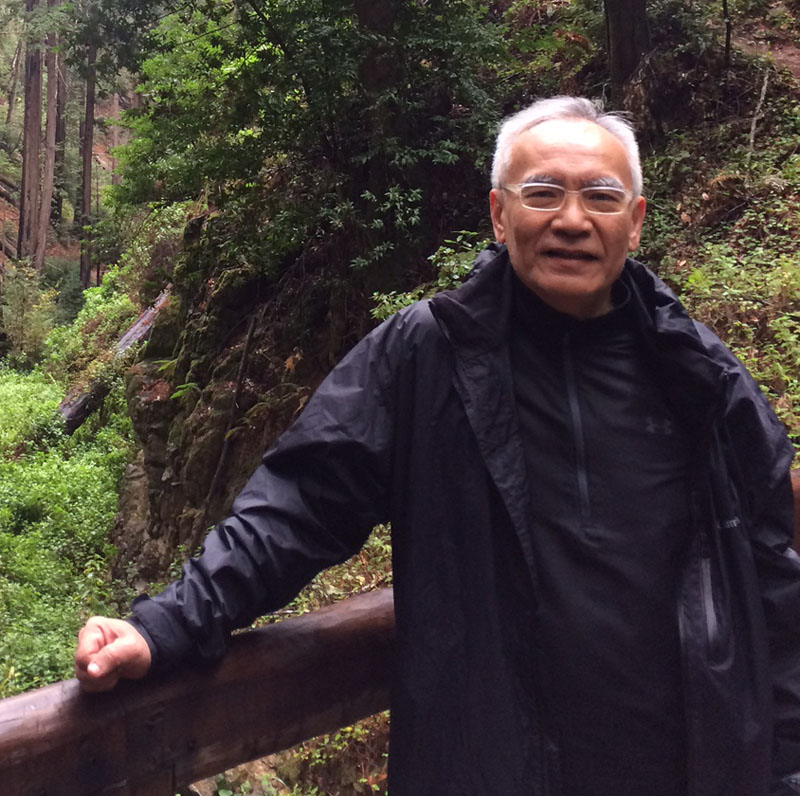
Joseph Lim PhD (Heriot-Watt), MSc (Strathclyde)
Associate Professor (Dr.)
NUS M.Arch Program Director, Co-Director NUS-JTC i3 Centre
Dr Joseph Lim is the M.Arch Program Director with the Department of Architecture, School of Design and Environment in NUS. He has a special interest in prototypical structures addressing emergent spatial and environmental need. His design projects have won SIA Design Awards and international awards including an Honorable Mention for Lee Treehouse at the Kenneth F. Brown Asia Pacific Culture and Architecture Design Award in 2003; and a Merit Win for Dragon Bridge in URA Southern Ridges Bridge International Design Competition in 2004.
He was appointed architect by Mercy Relief for the post-Tsunami rebuilding efforts and his self- sufficient housing proposal won an Honorable Mention at the Institute of Advanced Architecture of Catalonia in 2005. He was Visiting Professor at Izmir University of Economics (2006), Hanyang University (2004) and Chiangmai University (2004). He has been invited to speak at international workshops and conferences including the Chinese University of Hong Kong (2003), Kolkata’s Centre for Built Environment (2006) and Cambridge University (2010).
Joseph’s focus in Industry and Infrastructure explores land intensification through architectural investigations which have significant implications on the planning of future settlements, townships and infrastructure. In 2008, he pioneered corporation-funded design research studios, collaborating with JTC in 2008-10. MPA-funded research studio followed in 2014, which explored an urban design study for Tuas Port 2027 and was exhibited at the Singapore Maritime Week Exhibition and SG50 NUS Exhibition in 2015. The research studio was also featured in a Channel News Asia documentary – Futuropolis Episode 2: Keeping Afloat televised in 2017 – on the effects of rising sea levels and the viability of floating settlements.
The research investigations on floating settlements prompted enquiries from Keppel Corporation on repurposing oil rigs for habitable applications. It studied the viability of accommodating 7 billion people in 2050. About 2 million repurposed oil rigs were assembled in 28,000 settlements each housing 250,000 people. These 40 square km settlements were located 55km apart at the tropical water belt. The design masterplan won his M.Arch student-team the Lim Chong Keat Award in 2017, for the most rigorous experimental thesis in architecture. The projects were exhibited at the 2018 NUS World Water Week.
In 2016, he completed a Kinetic Sun Screen prototype capable of generating multiple programmed formations from a system with eight degrees of movement. It forms the basis for further research in the area of kinetic facades and other applications such as acoustic and wind diverting structure. Design research investigations in cellular facade geometries mediating light quality and intensity are published online at Form follows Light.
Joseph is the author of Bio-structural Analogues in Architecture (2010) and Eccentric Structures in Architecture (2012); both publications are in their third reprint and have been translated in Korean and Chinese languages. His latest publication, Skybridge I investigates forms of air rights structures built over Ayer Rajah Crescent and the research conclusions were presented at the JTC i3C Symposium on Industrial Infrastructure Research in 2017. The forthcoming Skybridge II explores new R&D typologies in Greater One North.
Students’ projects under Joseph’s tutelage are distinguished in several regional and international competitions. These include Hannover Expo, International Association for Humane Habitat, International Tropical Architecture Design, Hunter Douglas Awards, Best Project in 5 Universities Graduation Project Review and most recently, the Architecture Drawing Prize in the World Architecture Festival in 2017.